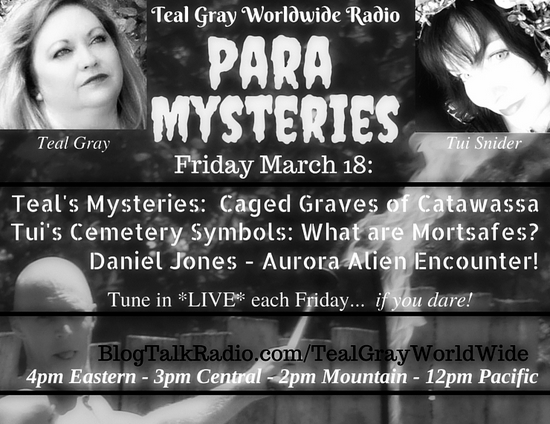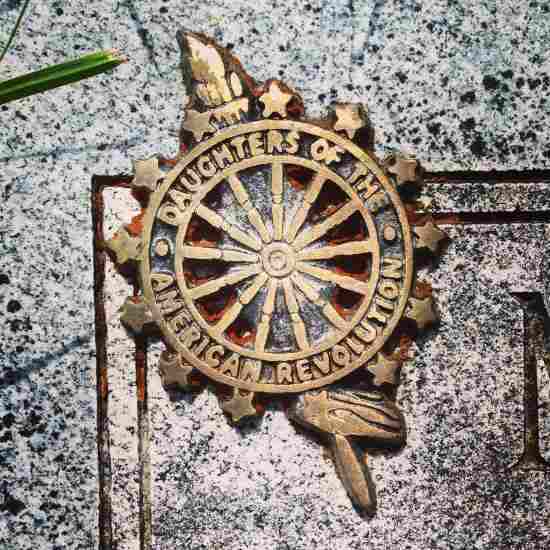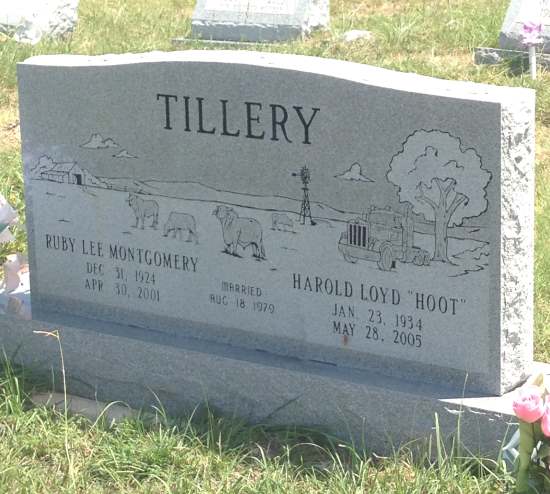FREE Cemetery Symbols Guide: Would you like a FREE guide to historic cemetery symbolism? If so, click the image below: Historic Cemetery Symbol of the Week This week’s Historic Cemetery Symbol post is about mortsafes and Resurrectionists. The topic was inspired by my friend, Teal Gray, when she told me about the mysterious Caged Graves of Catawassa. In fact, Teal and I will be discussing everything in this post during a one-hour radio show, as you can see in the graphic below: Historic Cemeteries: Who were the Resurrectionists? These days, people often make arrangements to donate their body to science…
Tag: symbols
Historic Cemetery Symbols While it’s common for evergreen trees to be planted in historic graveyards, pine needles and pine cones are not symbols I see engraved on headstones as often as other trees – such as the oak tree. Pine trees: Immortality While it’s true that many coffins have been made from pine, this had more to do with practicality than symbolism. Where pine trees were widely available, they were often used to make coffins. However, as a symbol (much like other evergreens, including holly, ivy, and yew) pine trees are associated with immortality and eternal life. Rather than lose…
Historic Cemetery Symbols: What do Daffodils Represent?
Published by onHistoric Cemetery Symbol of the Week Last week’s post was about the symbolic meaning of lambs, which are quite a common sight in historic cemeteries. This week, however, I wanted to talk about the symbolism of something less commonly seen on cemetery headstones: Daffodils. What do Daffodils symbolize? Just because it’s a bit rare on headstones, doesn’t mean this gorgeous blossom lacks symbolic meaning. Since they are some of the first flowers to bloom each spring, daffodils are the birth flower for those, like me, who were born in March. In fact, spring has many symbolic associations, such as new…
Historic Cemetery Symbols: What do Lambs Signify?
Published by onFREE Cemetery Symbols Guide: Would you like a FREE guide to historic cemetery symbolism? If so, click the image below: Historic Cemetery Symbol of the Week This week’s Historic Cemetery Symbol of the week is the lamb. What does it symbolize when you see lambs on grave monuments? Symbolic Meaning of Lambs Since ancient times, lambs have been used in sacrificial ceremonies. So as a symbol, lambs represent innocence and sacrifice. The lamb may also be a reference to a passage in the Bible (John 1:29) where John the Baptist calls Jesus, “the Lamb of God who takes away the sin of…
Historic Cemetery Symbols: What does the DAR emblem represent?
Published by onFREE Cemetery Symbols Guide: Would you like a FREE guide to historic cemetery symbolism? If so, click the image below: Historic Cemetery Symbol of the Week: the DAR emblem This week’s Historic Cemetery Symbol of the week is the Daughters of the American Revolution (DAR) emblem: Daughters of the American Revolution symbology: When you see a Daughters of the American Revolution (DAR) emblem on a grave, it means that the woman buried there was a member of this service organization. The only way to be accepted as a member of DAR is to have direct lineage to to an ancestor who…
Symbolic Meaning of Left & Right For this week’s Historic Cemetery Symbols post, we explore: The Meaning of Left and Right, and the Vein of Love! Left and Right on a Headstone Married folks often share a headstone, and when they do, most of the time you will notice that – as you stand facing the monument – the wife’s name will be on the left, and the husband’s name will be on the right. In the same vein (pun intended, but you’ll have to read the rest of this post to get it!), if you’ve ever attended a traditional Christian…





